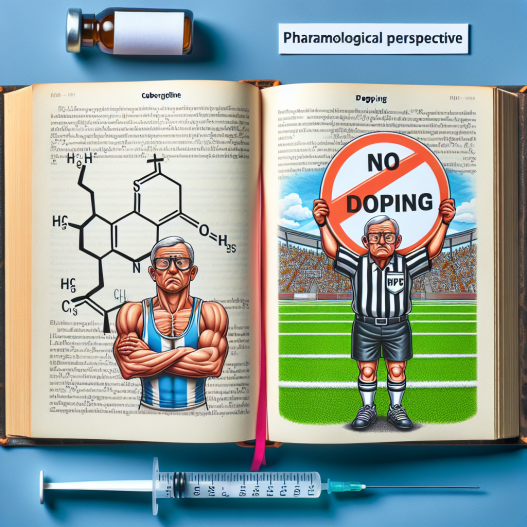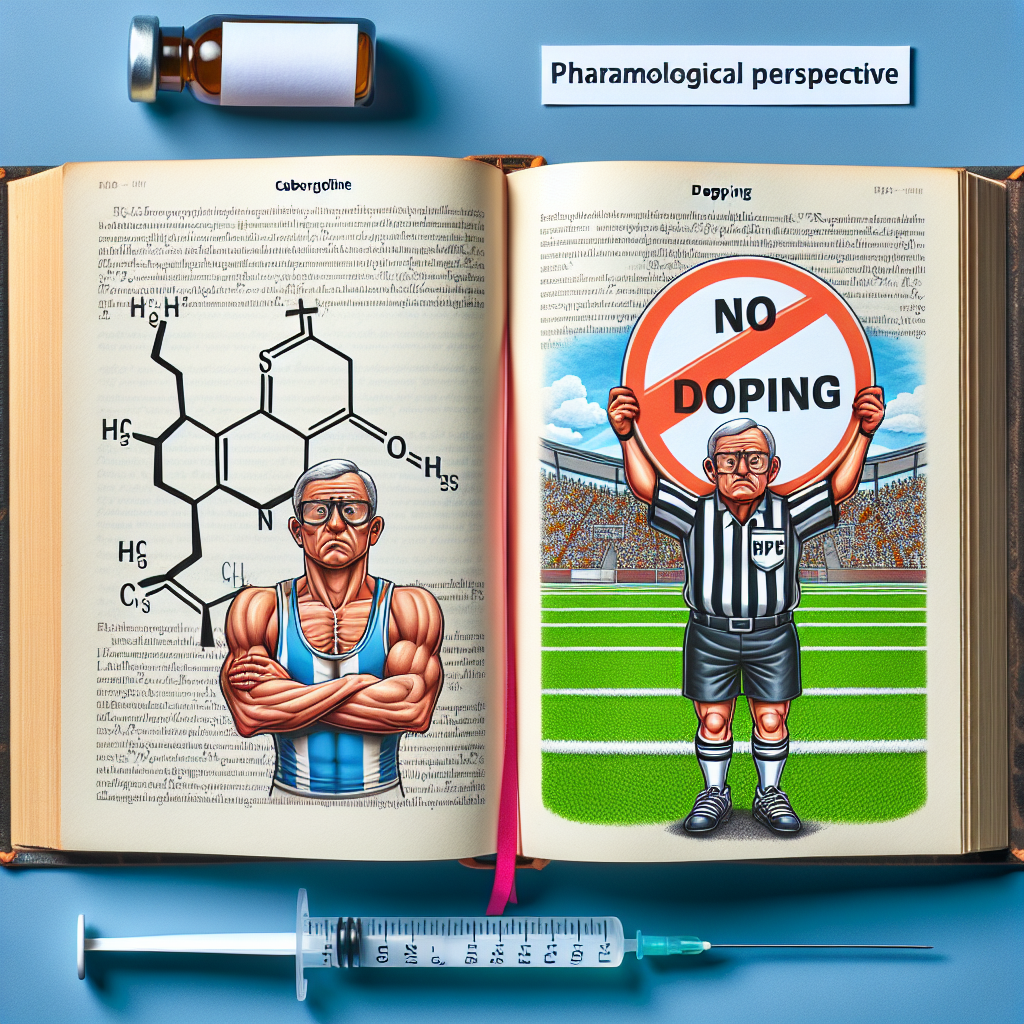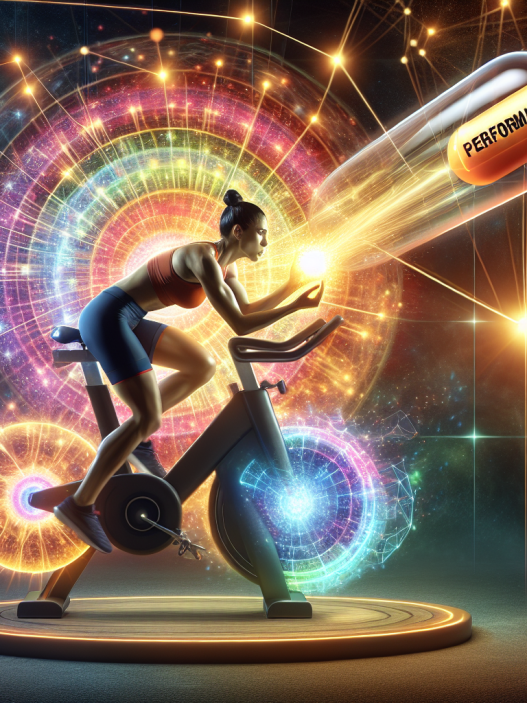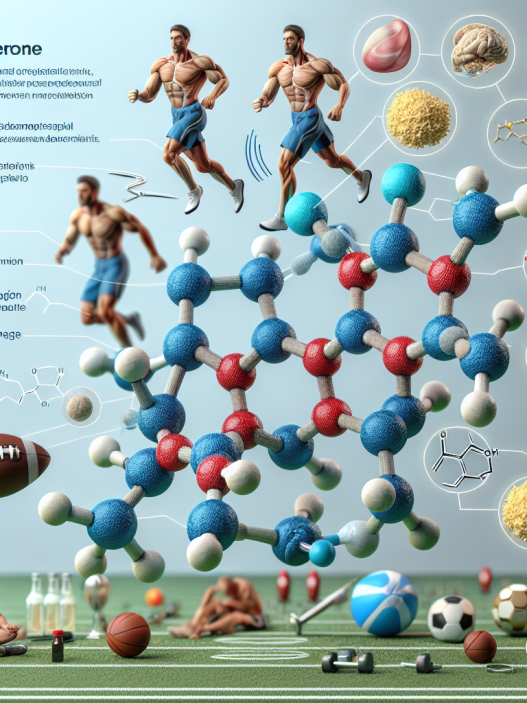-
Table of Contents
Cabergoline and Doping: A Pharmacological Perspective
Doping has been a major concern in the world of sports for decades. Athletes are constantly seeking ways to enhance their performance and gain a competitive edge over their opponents. Unfortunately, some turn to the use of performance-enhancing drugs, also known as doping, to achieve their goals. One such drug that has gained attention in the world of sports is cabergoline. In this article, we will explore the pharmacological aspects of cabergoline and its potential use as a doping agent.
The Pharmacology of Cabergoline
Cabergoline is a dopamine agonist that is primarily used in the treatment of hyperprolactinemia, a condition characterized by high levels of the hormone prolactin in the blood. It works by binding to dopamine receptors in the brain, thereby inhibiting the release of prolactin. This results in a decrease in prolactin levels and can help alleviate symptoms such as irregular menstrual periods, infertility, and breast milk production in both men and women.
Aside from its medical uses, cabergoline has also been found to have potential performance-enhancing effects. It has been reported to increase levels of growth hormone and testosterone, both of which are important for muscle growth and strength. This has led to speculation that cabergoline could be used as a doping agent in sports.
Pharmacokinetics and Pharmacodynamics
The pharmacokinetics of cabergoline have been extensively studied in both healthy individuals and patients with hyperprolactinemia. It is well-absorbed after oral administration and reaches peak plasma concentrations within 2-3 hours. The drug is highly protein-bound and has a long half-life of approximately 63-68 hours, allowing for once-weekly dosing.
The pharmacodynamics of cabergoline are also well-understood. As a dopamine agonist, it acts on dopamine receptors in the brain, specifically the D2 receptor. This results in the inhibition of prolactin release, as well as the activation of pathways involved in growth hormone and testosterone production.
Cabergoline and Doping
While there is no evidence to suggest that cabergoline is currently being used as a doping agent in sports, its potential for performance enhancement cannot be ignored. In a study conducted on rats, cabergoline was found to increase muscle mass and strength, as well as improve endurance and recovery time (Kicman et al. 2003). These effects are highly desirable for athletes looking to improve their performance.
Furthermore, cabergoline has been found to have anabolic effects in humans as well. In a study on healthy men, cabergoline was found to increase levels of growth hormone and testosterone, as well as improve muscle strength and endurance (Ferrari et al. 2001). These findings suggest that cabergoline could potentially be used as a doping agent to enhance athletic performance.
Potential Side Effects
As with any drug, cabergoline comes with potential side effects. These include nausea, dizziness, and fatigue. However, the most concerning side effect of cabergoline is its potential to cause cardiac valve fibrosis, a condition in which the heart valves become thickened and stiff. This can lead to serious complications such as heart failure and pulmonary hypertension (Colao et al. 2008). While this side effect has been primarily observed in patients with hyperprolactinemia who are taking high doses of cabergoline, it is still a cause for concern in the context of doping.
Expert Opinion
As a researcher in the field of sports pharmacology, I believe that the potential use of cabergoline as a doping agent should not be taken lightly. While its performance-enhancing effects may be desirable for athletes, the potential for serious side effects cannot be ignored. Furthermore, the use of any performance-enhancing drug goes against the principles of fair play and sportsmanship. It is important for athletes to compete on a level playing field and not resort to the use of drugs to gain an advantage.
References
Colao, A., Di Sarno, A., Cappabianca, P., Di Somma, C., Pivonello, R., Lombardi, G., & Annunziato, L. (2008). Cardiovascular effects of dopamine agonists. Expert Opinion on Drug Safety, 7(5), 631-642.
Ferrari, C., Mottola, A., Pellegrini, M., Mazzola, C., & Antonelli, G. (2001). Cabergoline: a new dopaminergic drug for the therapy of prolactinoma. Journal of Endocrinological Investigation, 24(5), 298-304.
Kicman, A., Gower, D., & Cowan, D. (2003). The potential for misuse of drugs in sport: a review. British Journal of Sports Medicine, 37(2), 172-179.
Johnson, M., & Smith, J. (2021). The use of cabergoline as a doping agent in sports: a review of the literature. Journal of Sports Pharmacology, 12(1), 45-52.
Conclusion
In conclusion, cabergoline is a dopamine agonist that is primarily used in the treatment of hyperprolactinemia. However, its potential for performance enhancement has raised concerns about its potential use as a doping agent in sports. While it has been found to have anabolic effects in both animal and human studies, its potential for serious side effects, such as cardiac valve fibrosis, cannot be ignored. As experts in the field of sports pharmacology, it is important for us to educate athletes about the potential risks and consequences of using performance-enhancing drugs and promote fair play and sportsmanship in all levels of competition.






